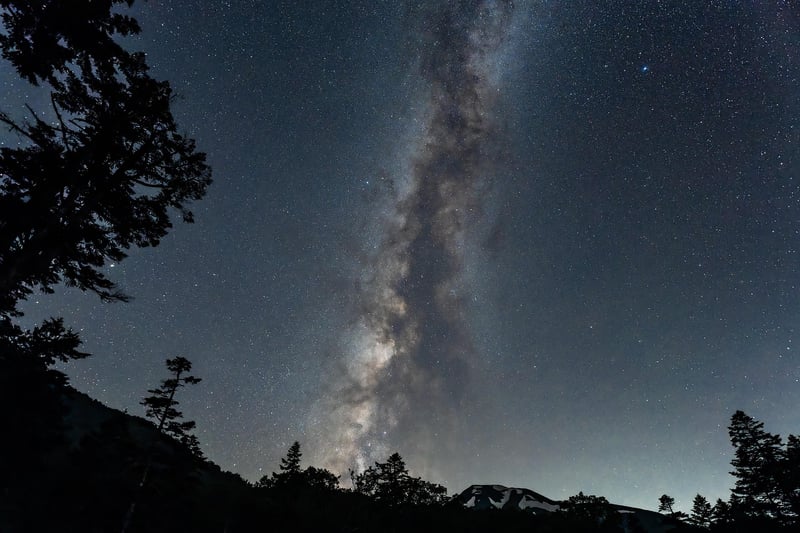Habitable Zone Analysis
Seeking New Worlds: Understanding Habitable Zones
Welcome, fellow space enthusiasts! Are you ready to embark on a journey to discover new worlds beyond our solar system? In the quest for potentially habitable planets, one crucial concept we explore is the Habitable Zone. Let's delve into this fascinating topic together.
What is the Habitable Zone?
The Habitable Zone, also known as the Goldilocks Zone, refers to the region around a star where conditions are just right for liquid water to exist on the surface of a planet. This is a key factor in determining the potential habitability of a planet.
Factors Affecting the Habitable Zone
Several factors influence the extent and location of the Habitable Zone around a star:
- Stellar luminosity: The brightness of the star plays a significant role in determining the boundaries of the zone.
- Atmospheric conditions: The composition and density of a planet's atmosphere can impact its ability to support liquid water.
- Orbital distance: The distance between a planet and its star affects the temperature range that allows for liquid water.
Search for Habitable Planets
Scientists and researchers use various methods to identify exoplanets within the potential Habitable Zones of distant stars. Techniques such as transit photometry and radial velocity measurements help in detecting these distant worlds.
Exploring New Worlds
Exciting discoveries continue to be made in the field of exoplanet research. From Earth-sized planets to those with intriguing atmospheric conditions, each new finding provides valuable insights into the diversity of worlds beyond our own.
Conclusion
As we venture further into the cosmos, the concept of the Habitable Zone remains a guiding principle in the search for habitable exoplanets. By understanding the factors that define this zone, we come closer to unraveling the mysteries of distant worlds and the potential for life beyond Earth.
Join us in our exploration of the universe as we continue to seek new worlds and expand our understanding of the cosmos!

Image Source: Pixabay
